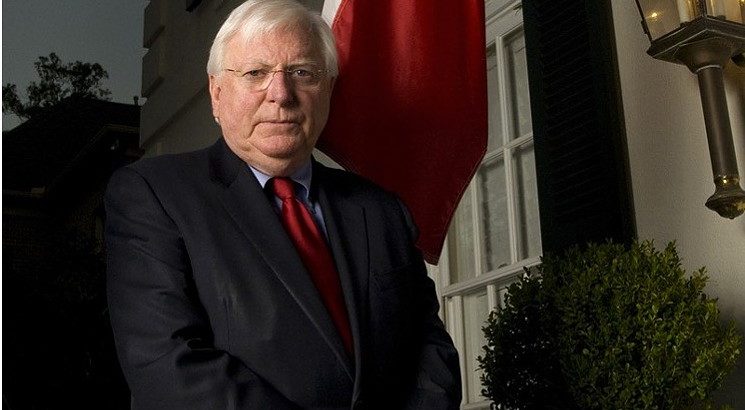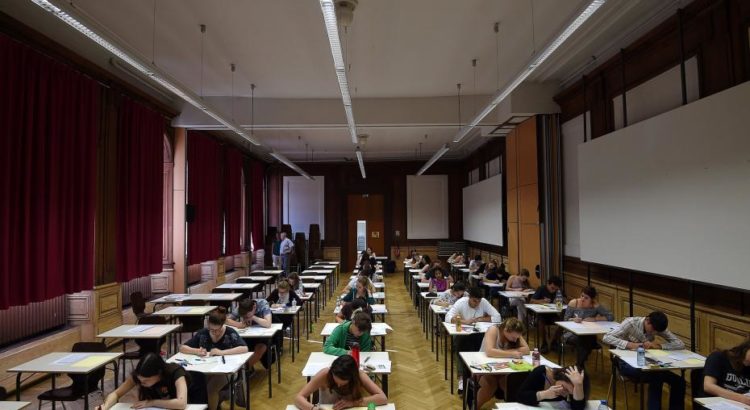Mexico/August 8, 2017/by Carol A. Clark/Source: http://www.ladailypost.com
Education Grants
- Animal Protection of New Mexico, The Animal Connection: implementation of school-based humane education curriculum in five public schools in Santa Fe and Sandoval Counties
- ARTsmart, ARTreach: weekly, 24-week comprehensive art education class for 24 weeks taught by highly qualified teachers to all 225 students of Dixon and Abiquiu Elementary schools
- Bernalillo Public Schools, STEM Sisters: support opportunities for students to experience and participate in STEM activities such as field trips, STEM competitions, and math festivals
- Bridges Project for Education, College Connections: program to guide Taos High School students in grades 8–11 aligning actions in school with post-secondary and life goals
- Dual Language Education of New Mexico, Student Leadership Institute 2017: all-day event at the National Hispanic Cultural Center in Albuquerque on November 3 for youth in eighth through 12th grade provides students the opportunity to attend student-lead workshops as a means of reflection, growth, and support toward successful, youth-driven school and community projects
- Embudo Valley Library and Community Center, Maker Program: students in fourth through eighth grade create projects using computational tools, a 3-D printer, Lego robots, and Makey Makey kits under the supervision of a STEM mentor and library staff over 28 sessions, with a community event to present the projects
- Española Valley Fiber Arts Center: trainer-led six-week, after-school program for secondary youth in local fiber arts heritage and culture; skill-development in spinning, dyeing, weaving, and embroidery; and development of an installation piece displayed at a show in Santa Fe
- Girls Incorporated of Santa Fe, summer camp STEM programming: 120 girls receive 45 hours of programming that incorporates developmentally appropriate, research-based STEM curricula
- Hispanic Culture Foundation, Dream Builders: program provides the accessibility of science, technology, engineering, and math by emphasizing these disciplines through traditional Hispanic arts and customs
- May Center for Learning: community-based tutors partner with schools to identify students performing below grade level and provide them with two, 90-minute small-group tutoring sessions per week during the academic year
- National Dance Institute of New Mexico: at-risk elementary and middle school children in the Española Valley area participate in in-school and after-school educational enrichment for 26–30 weeks with learning and adoption of key academic skills and improvement in fitness through NDI-NM’s methodology using dance and music
- New Mexico Indian Affairs Department and Sundance Educational Consulting, Inc., Community Builders Youth Conference II: teams of students, adults, and elders from tribal communities attend the three-day event offering learning opportunities in STEAM and other topics such as architecture, robotics, rocketry, geodesics, native arts and music, and cultural awareness, with a mentor-led project management session for students to plan local conferences
- New Mexico Wildlife Center: NMWF and the Chimayó and Abiquiu Boys and Girls Club offer two youth outings to cultivate the next generation of environmental conservationists and create an atmosphere where life experience and cultural knowledge of diverse youth inform their interests in science and technology
- Pajarito Environmental Education Center: Northern New Mexico students participate in an ongoing scientific study of migratory birds at Bandelier National Monument allowing them to observe and practice scientific problem-solving skills using the bird banding data
- Santa Fe Botanical Garden: Twelve members of the Santa Fe Community Educators Network work with a summer recreation camp in Santa Fe to provide enrichment curricula to students
- UNM STEM-H Center for Outreach, Research & Education, Southwest Region Junior Science and Humanities Symposia: event includes an oral/written competition where high school students present results of research before judging panels; participate in a forum honoring achievement in STEM; qualify for scholarships/recognition; and explore careers and develop skills in the application of science technology, engineering, math, and health
Community Grants
- Explora Science Center and Children’s Museum: three programs for 60 child/caregivers in early childhood experiential science in collaboration with local libraries
- Family Learning Center, STEM for Preschoolers: teachers provide a weekly science experiment for 36 weeks sent home for each child and parents to repeat, building science skills and vocabulary
- Gerard’s House: age-appropriate, peer grief group support sessions throughout the school year in Santa Fe Public Schools
- IMPACT Personal Safety, Project PREPARE: school day or after-school classes for youth that address aspects of violence prevention including boundary-setting, anti-bias, anti-bullying, de-escalation, and verbal or physical self-defense skills in collaboration with public schools and Eight Northern Indian Pueblos Council
- Interfaith LEAP, Sangre de Cristo House: program to raise residents’ GED scores by increasing access to computers, classroom materials, and curriculum, with the goal of improving comprehension, test-taking skills, and computer proficiency
- MAKE Santa Fe: 12-week (four 3.5 hour sessions) pilot program in partnership with YouthWorks! offers instruction and lab time with experts at Make Santa Fe, focusing on additive and subtractive manufacturing, computer numerical control basics, electronics, and certification in digital fabrication, making, and manufacturing
- Many Mothers: baby boxes, safe sleep instruction, educational materials, and supportive in-home visitation services for families in Rio Arriba, Los Alamos, and Santa Fe counties, with community behavioral and mental health service referrals
- Rio Arriba County Fair Association: supports 4-H and Future Farmers of America agricultural livestock projects where youth raise animals and learn anatomy in preparation for showing and competing at the county fair and Expo NM
- Rocky Mountain Youth Corps, Learning Lab: program based on community service, personal accountability, specialized academics, teamwork, and life-skills development provides a customized and culturally appropriate alternative education to high school and middle school students at risk of expulsion from Taos Municipal Schools
- Santa Fe Community College Foundation: support for the transfer of the First Born® home visiting program model and curriculum to Santa Fe Community College
Public school districts, nonprofit New Mexico educational institutions, IRS-qualified 501(c)(3) organizations, government agencies, and Pueblo/Tribal communities serving the Northern New Mexico counties of Los Alamos, Mora, Rio Arriba, San Miguel, Sandoval, Santa Fe, or Taos are eligible to apply for grants of up to $2,500.
Application and instructions may be found online at www.lanlfoundation.org/grants. Grant proposals are accepted quarterly. The deadline for second quarter funding is Aug. 15.
For more information, contact Susanne Miller at 505.753.8890 or susanne@lanlfoundation.org.
About the LANL Foundation
Since 1997, the Los Alamos National Laboratory Foundation, a 501(c)(3) nonprofit, has worked to inspire excellence in education and learning in Northern New Mexico through innovative programming, collaboration and advocacy. By investing in human potential, the Foundation’s vision is that all New Mexicans have the skills and confidence they need to be self-sufficient, lifelong learners who are engaged in their communities. Programs in early childhood, STEM inquiry education, scholarships and small grants serve Northern New Mexico communities primarily in Los Alamos, Mora, Rio Arriba, San Miguel, Sandoval, Santa Fe and Taos counties.
Source:
http://www.ladailypost.com/content/lanl-foundation-awards-61298-education-and-community-grants














 Users Today : 106
Users Today : 106 Total Users : 35416083
Total Users : 35416083 Views Today : 135
Views Today : 135 Total views : 3349365
Total views : 3349365